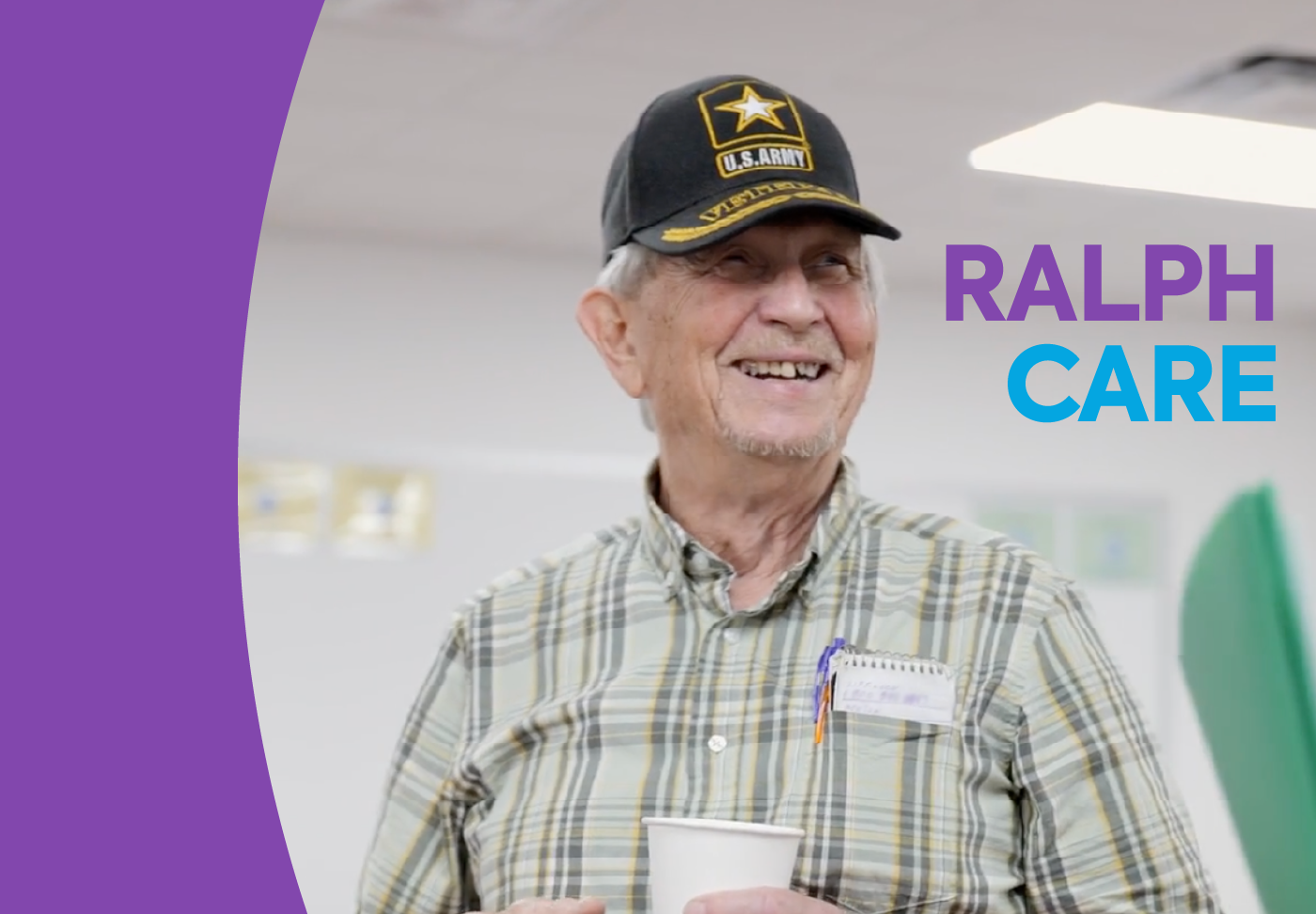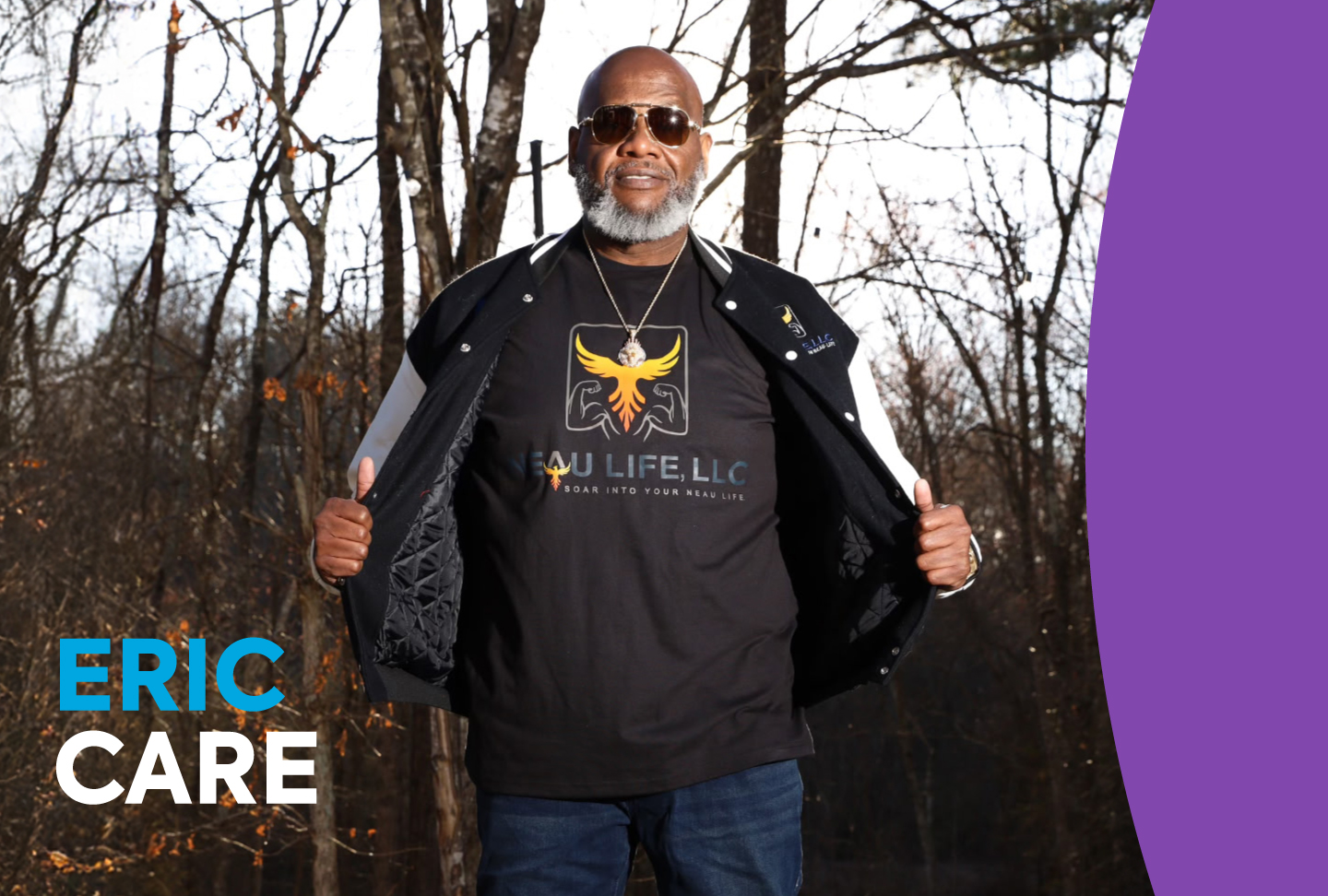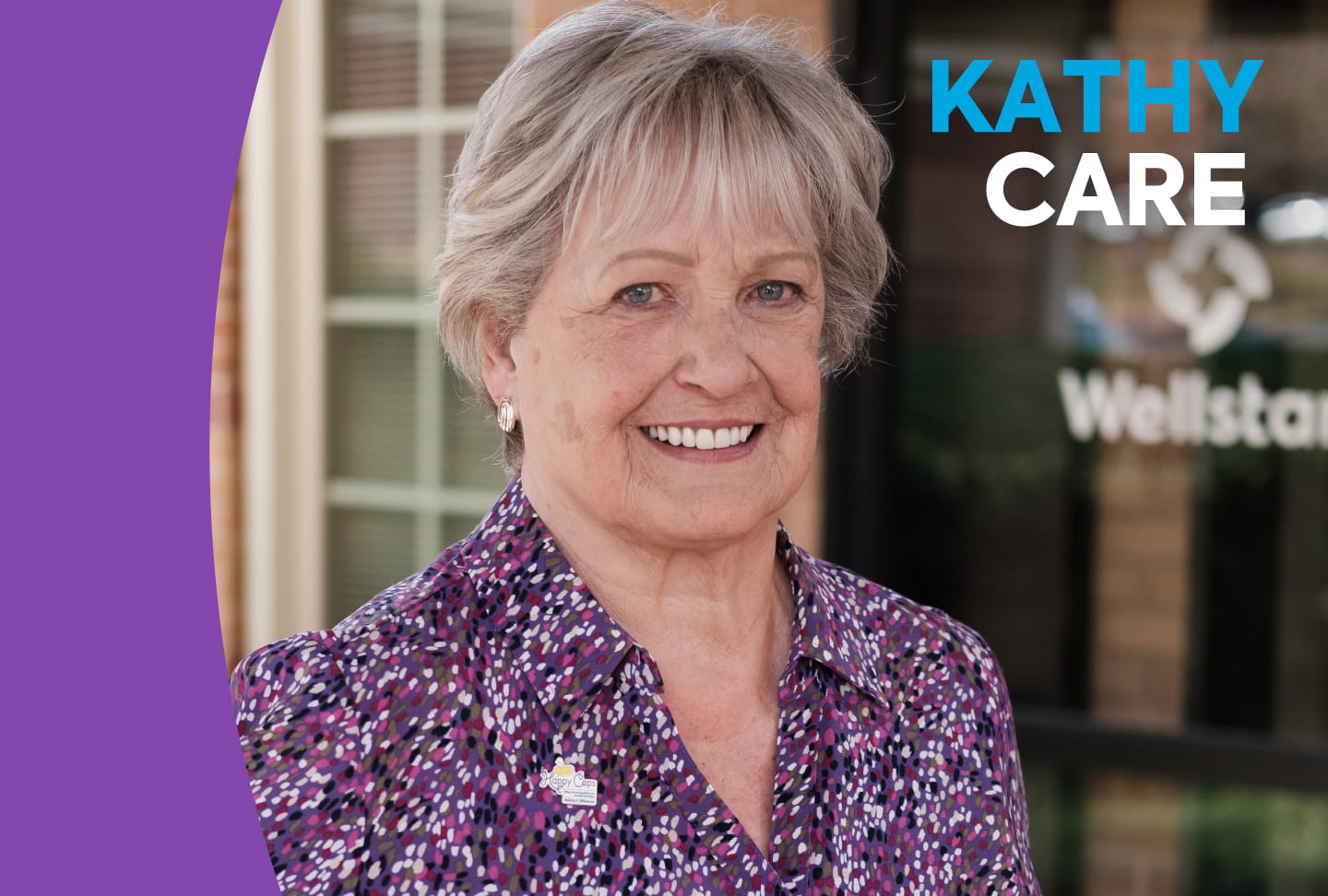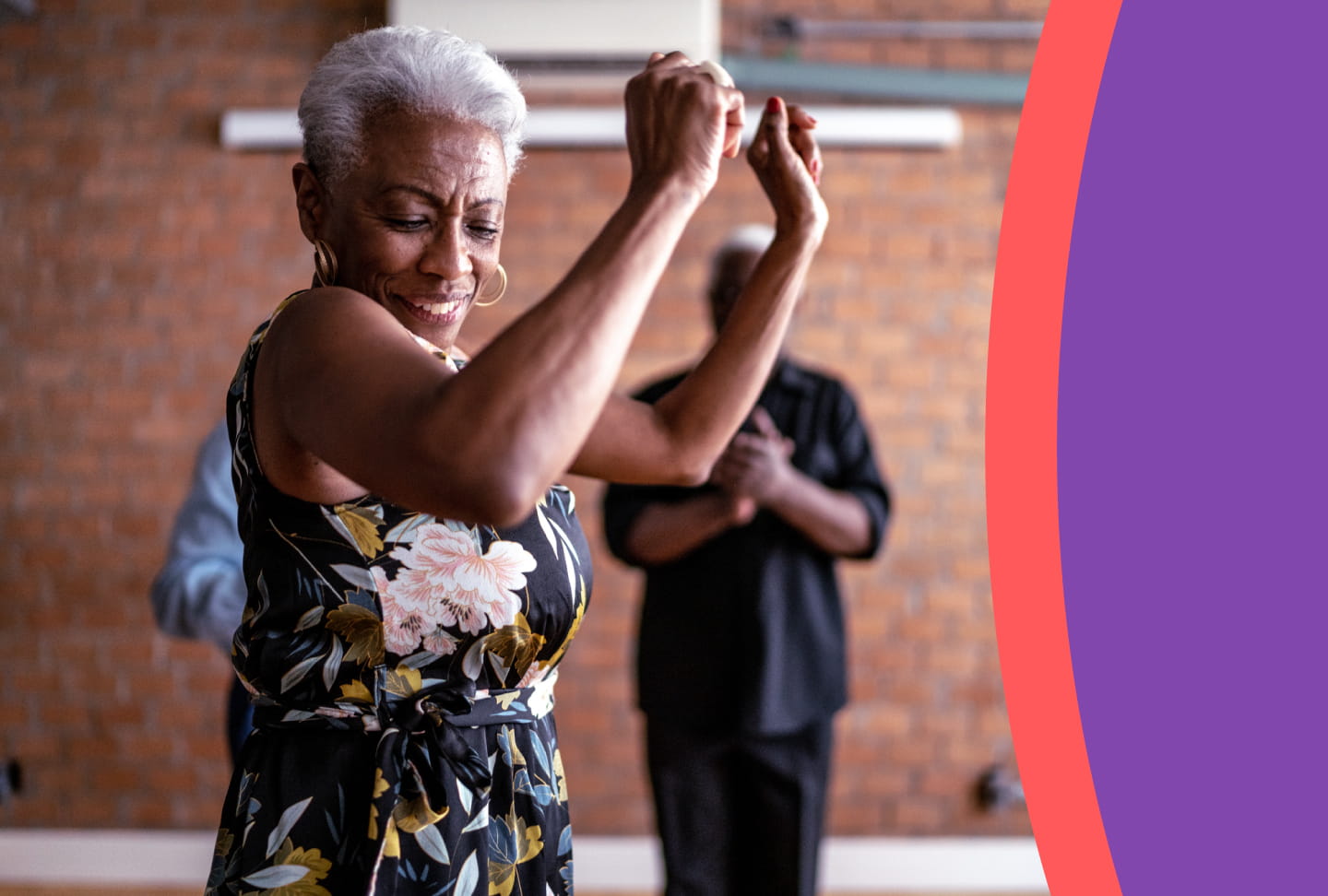What began as a bold idea—bringing cardiovascular health education into the heart of our communities—has now culminated in a joyful, music-filled celebration that honored the success of a powerful one-year pilot program of Live to the Beat at First Baptist Church East Point and Mount Olive Seventh Day Adventist Church. From inception to execution, this journey has been a testament to what can happen when community, clinical partners and courageous participants come together with one mission: to live longer, stronger, healthier lives—one beat at a time.
Final Class Check-In & Celebration
We opened our final sessions with a check-in, inviting participants to reflect on how they’ve been incorporating their support networks into daily life since our “A Family Affair” class. Their stories affirmed the power of connection and the importance of surrounding yourself with people who help you thrive.
After the check-in, we transitioned into a formal celebration that included:
- A brief agenda to thank everyone—from stakeholders and service line leaders to our participants and guest speakers
- A powerful recap of success metrics from each church
- A joyful closing moment that quite literally had everyone “living to the beat” with music, dancing and smiles all around!
Mount Olive: Setting the Bar High
With 18 dedicated members, Mount Olive consistently exceeded expectations:
- 90% average attendance
- 100% 5-star rating in both knowledge gained and overall satisfaction
- 82% reported positive behavior change in daily life
- 61% saw improvements in their average blood pressure readings
- Three participants shared that their clinicians reduced the dosage or number of their medications
- Two reported more regular visits to their doctors since joining the program
From their energy in the classroom to their commitment at home, Mount Olive’s cohort has become a model of what’s possible when knowledge meets action.
First Baptist: Stepping Boldly into Wellness
With 14 committed participants, First Baptist brought steady engagement and deep personal growth:
- 74% average attendance
- 80% reported positive behavior change
- 43% saw improvements in their average blood pressure readings
- Two participants reported a reduction in medication dosage or number
- Three reported more regular visits to their doctors since joining the program
- 4.69 rating in knowledge gained and overall rating of 4.77 out of 5
Their thoughtful conversations, openness to growth and willingness to step outside their comfort zones truly made this cohort shine. And yes—we danced our way into what’s next.
Looking Ahead: The Beat Continues with Art Pharmacy
While the classroom sessions have come to a close, our participants’ journey is far from over. As a next step, all graduates will now enter the next phase of Live to the Beat through our new partnership with Art Pharmacy—a social prescribing organization that connects individuals to arts and culture-based experiences to support long-term health and well-being.
Graduates will receive one “social prescription” per month for the next six months, focusing on connection, creativity and continued wellness. This phase was designed with intention—to ensure the momentum continues beyond the classroom and into real life.
We’ll also be conducting a 6-month follow-up to evaluate how behavior changes have been sustained over time, using lessons learned to inform the next cohort launching in September.
National Impact: CDC Foundation & LTTB Ambassadors
We were honored to have representatives from the CDC Foundation join our final celebrations to share how graduates can become Live to the Beat Ambassadors for the national campaign. Many participants expressed excitement about using their voice to inspire others to begin their heart health journeys too—a beautiful full-circle moment of community-led change.
One Chapter Ends, A Movement Continues
As we officially close out this year-long pilot, we stand in awe of what was accomplished—and energized for what’s ahead. To our participants: thank you for your courage and commitment. To our partners, service line leaders and supporters: thank you for believing in the vision.
Together, we proved that heart health isn’t just clinical—it’s cultural, communal and deeply personal. And as we prepare for the next chapter, one thing is certain: The beat goes on… and it’s only getting stronger.




